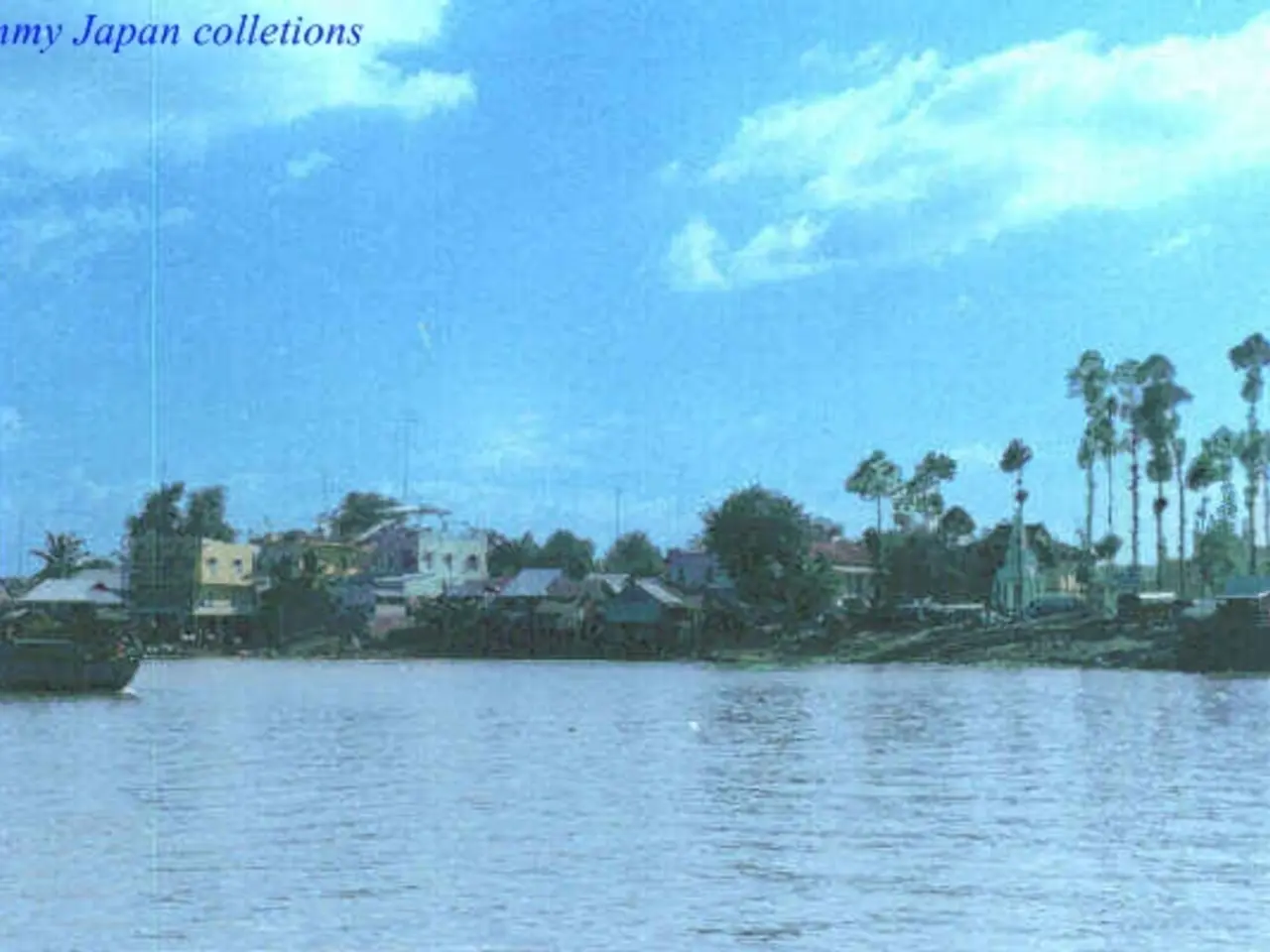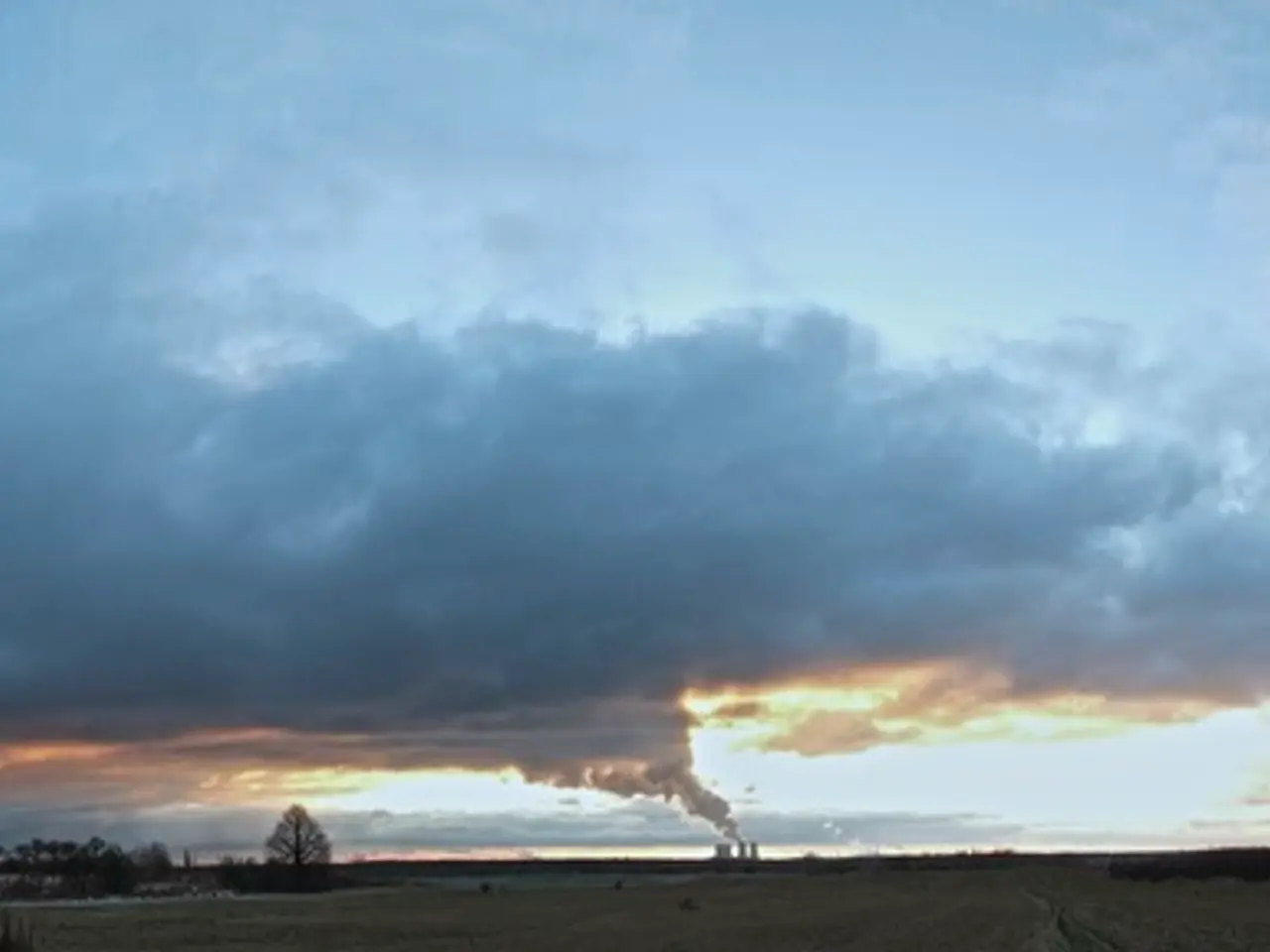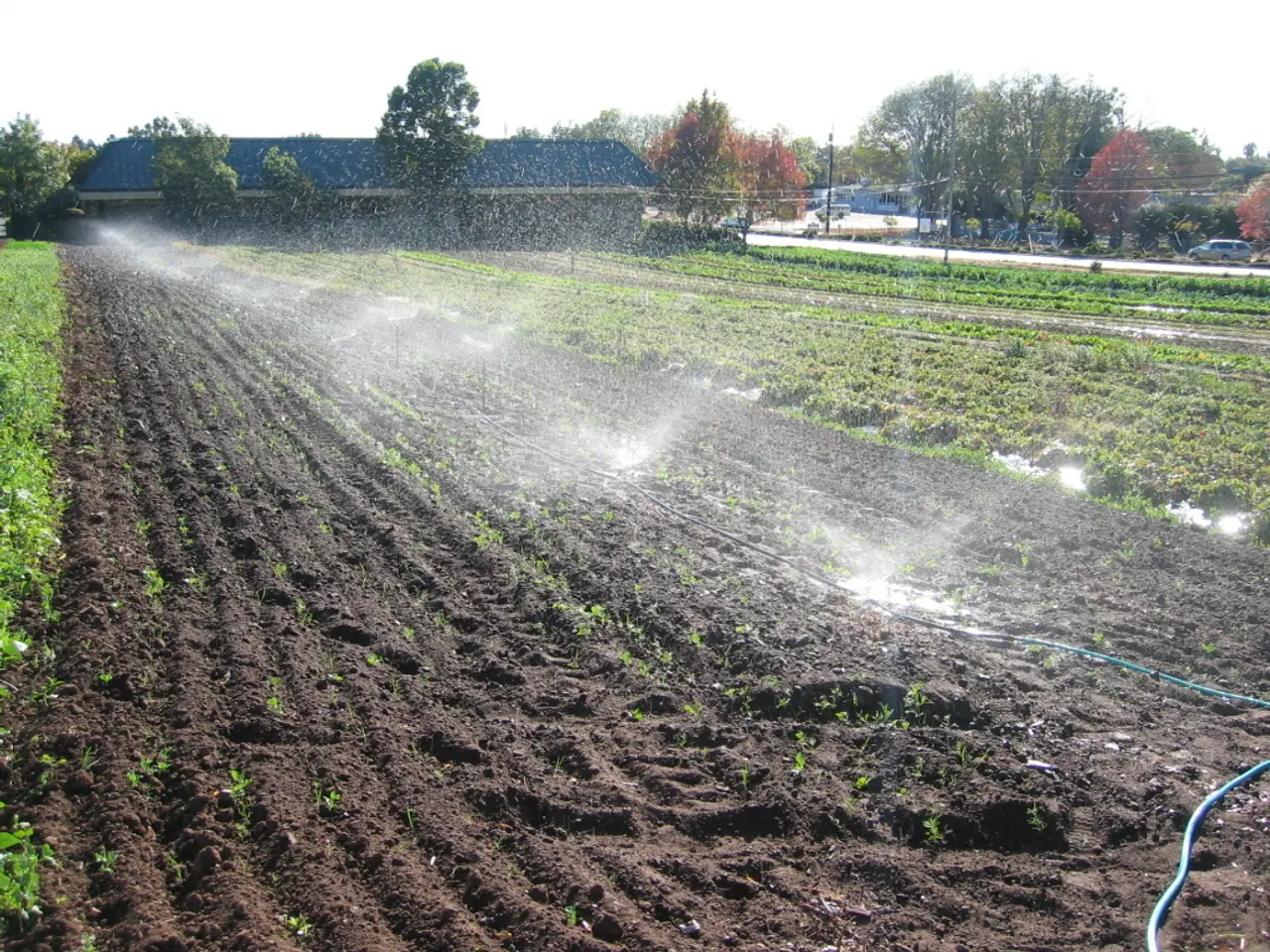Rise in fatalities from Texas floods soars past 80 casualties - Rise in fatalities nears 80 following Texas floods
The central Texas region was hit by a catastrophic flood in July 2025, leaving a trail of destruction and loss. Among the hardest hit was Camp Mystic, an all-girls summer camp, where more than 20 children were initially reported missing and the camp was completely submerged[1][2].
The floodwaters swept away numerous children, claiming at least 14 lives among the total fatalities, which initially were reported as 32 but later increased to at least 70[1][3]. The disaster region, known as "Flash Flood Alley," is prone to sudden floods, and this event occurred when the ground was already saturated, making it difficult for heavy rainfall to be absorbed, a characteristic of flash floods.
The floods came as a surprise to many, with some people camping along the riverbank over the Fourth of July weekend and the following weekend[4]. In the aftermath, hundreds of rescue workers and 17 helicopters were involved in the search on Sunday[5]. Volunteers also searched the waters and riverbanks by boat for bodies and survivors. A camp counselor broke the window of a cabin to allow the girls to escape and swim for their lives[6].
While authorities began cleanup efforts in some areas on Sunday, the US Weather Service warned of new thunderstorms[7]. As of Sunday, ten girls were still officially missing[5]. The Guadalupe River in Texas reached record levels due to the heavy rainfall overnight Thursday[8].
In terms of political response, while there is no specific information on Donald Trump's or Texas Lieutenant Governor Dan Patrick's responses to the 2025 flood, such disasters typically prompt a range of responses from political figures. They may express condolences, advocate for relief efforts, and call for increased funding for disaster preparedness and recovery. They may also engage in discussions about climate change and its role in exacerbating these events[9].
The government response typically involves deploying emergency services, providing financial assistance, and coordinating relief efforts. Local and state officials often work closely with federal agencies to manage the aftermath of such disasters[9].
Scientists attribute the increase in frequency and intensity of extreme weather events like floods to climate change[10]. Since Trump took office in January, funds for the National Weather Service (NWS) and the climate agency NOAA have been cut, leading to the firing of numerous scientists from these agencies[11]. This has raised concerns about the government's ability to accurately predict and respond to such disasters.
Representatives of the affected counties in Texas complain that they were not warned in time about the floodwaters, leading to criticism of the cuts[12]. Governor Greg Abbott warned that heavy rainfall in Kerrville and surrounding areas could also lead to more flash floods[13]. Thirteen more bodies were recovered in three surrounding counties, in addition to the 68 deaths in Kerr County[8].
Trump, in a statement on Sunday, said he would not rehire the fired meteorologists[11]. As the search for the missing children continues, the community and rescue workers remain hopeful, praying for a positive outcome.
- Donald Trump, upon the 2025 flood disaster in Texas, expressed his condolences for the loss of life and advocated for relief efforts, but did not provide specific responses.
- The community around the devastated Camp Mystic in Texas is still hopeful for a positive outcome as they continue the search for more than 10 missing children after Sunday's flood disaster.
- In the wake of the flood disaster, climate scientists have attributed the increase in extreme weather events like floods to climate change, expressing concern about the government's ability to predict and respond to such disasters due to recent cuts to funding for the National Weather Service (NWS) and the climate agency NOAA.
- Following the flood disaster, local and state officials in Texas have criticized the lack of timely warnings about the floodwaters, leading to concerns about the efficiency of the government's early warning system for disasters.






